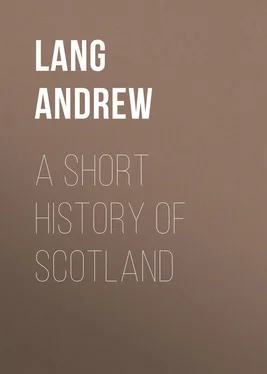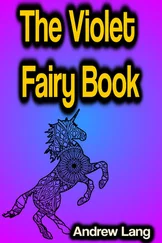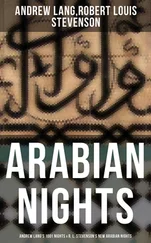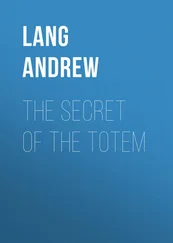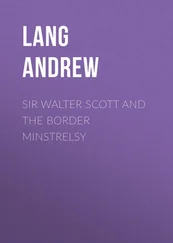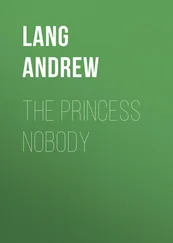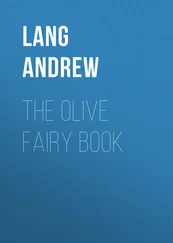Andrew Lang - A Short History of Scotland
Здесь есть возможность читать онлайн «Andrew Lang - A Short History of Scotland» — ознакомительный отрывок электронной книги совершенно бесплатно, а после прочтения отрывка купить полную версию. В некоторых случаях можно слушать аудио, скачать через торрент в формате fb2 и присутствует краткое содержание. Жанр: foreign_antique, foreign_prose, на английском языке. Описание произведения, (предисловие) а так же отзывы посетителей доступны на портале библиотеки ЛибКат.
- Название:A Short History of Scotland
- Автор:
- Жанр:
- Год:неизвестен
- ISBN:нет данных
- Рейтинг книги:4 / 5. Голосов: 1
-
Избранное:Добавить в избранное
- Отзывы:
-
Ваша оценка:
- 80
- 1
- 2
- 3
- 4
- 5
A Short History of Scotland: краткое содержание, описание и аннотация
Предлагаем к чтению аннотацию, описание, краткое содержание или предисловие (зависит от того, что написал сам автор книги «A Short History of Scotland»). Если вы не нашли необходимую информацию о книге — напишите в комментариях, мы постараемся отыскать её.
A Short History of Scotland — читать онлайн ознакомительный отрывок
Ниже представлен текст книги, разбитый по страницам. Система сохранения места последней прочитанной страницы, позволяет с удобством читать онлайн бесплатно книгу «A Short History of Scotland», без необходимости каждый раз заново искать на чём Вы остановились. Поставьте закладку, и сможете в любой момент перейти на страницу, на которой закончили чтение.
Интервал:
Закладка:
The Celtic tenants also paid military service to their superiors. The remotest kinsmen of each lord of land, poor as they might be, were valued for their swords, and were billeted on the unfree or servile tenants, who gave them free quarters.
In the feudal system of western Europe these old traditional customs had long been modified and stereotyped by written charters. The King gave gifts of land to his kinsmen or officers, who were bound to be “faithful” ( fideles ); in return the inferior did homage, while he received protection. From grade to grade of rank and wealth each inferior did homage to and received protection from his superior, who was also his judge. In this process, what had been the Celtic tribe became the new “thanage”; the Celtic king ( righ ) of the tribe became the thane; the province or group of tribes (say Moray) became the earldom; the Celtic Mormaer of the province became the earl; and the Crown appointed vice-comites , sub-earls, that is sheriffs, who administered the King’s justice in the earldom.
But there were regions, notably the west Highlands and isles, where the new system penetrated slowly and with difficulty through a mountainous and almost townless land. The law, and written leases, “came slowly up that way.”
Under David, where his rule extended, society was divided broadly into three classes – Nobles, Free, Unfree. All holders of “a Knight’s fee,” or part of one, holding by free service, hereditarily, and by charter, constituted the communitas of the realm (we are to hear of the communitas later), and were free, noble, or gentle, – men of coat armour. The “ignoble,” “not noble,” men with no charter from the Crown, or Earl, Thane, or Church, were, if lease-holders, though not “noble,” still “free.” Beneath them were the “unfree” nativi , sold or given with the soil.
The old Celtic landholders were not expropriated, as a rule, except where Celtic risings, in Galloway and Moray, were put down, and the lands were left in the King’s hands. Often, when we find territorial surnames of families, “ de ” “of” this place or that, – the lords are really of Celtic blood with Celtic names; disguised under territorial titles; and finally disused. But in Galloway and Ayrshire the ruling Celtic name, Kennedy, remains Celtic, while the true Highlands of the west and northwest retained their native magnates. Thus the Anglicisation, except in very rebellious regions, was gradual. There was much less expropriation of the Celt than disguising of the Celt under new family names and regulation of the Celt under written charters and leases.
David I. was, according to James VI., nearly five centuries later, “a sair saint for the Crown.” He gave Crown-lands in the southern lowlands to the religious orders with their priories and abbeys; for example, Holyrood, Melrose, Jedburgh, Kelso, and Dryburgh – centres of learning and art and of skilled agriculture. Probably the best service of the regular clergy to the State was its orderliness and attention to agriculture, for the monasteries did not, as in England, produce many careful chroniclers and historians.
Each abbey had its lands divided into baronies, captained by a lay “Church baron” to lead its levies in war. The civil centre of the barony was the great farm or grange, with its mill, for in the thirteenth century the Lowlands had water-mills which to the west Highlands were scarcely known in 1745, when the Highland husbandmen were still using the primitive hand-quern of two circular stones. Near the mill was a hamlet of some forty cottages; each head of a family had a holding of eight or nine acres and pasturage for two cows, and paid a small money rent and many arduous services to the Abbey.
The tenure of these cottars was, and under lay landlords long remained, extremely precarious; but the tenure of the “bonnet laird” ( hosbernus ) was hereditary. Below even the free cottars were the unfree serfs or nativi , who were handed over, with the lands they tilled, to the abbeys by benefactors: the Church was forward in emancipating these serfs; nor were lay landlords backward, for the freed man was useful as a spear-man in war.
We have only to look at the many now ruined abbeys of the Border to see the extent of civilisation under David I., and the relatively peaceful condition, then, of that region which later became the cockpit of the English wars, and the home of the raiding clans, Scotts, Elliots, and Armstrongs, Bells, Nixons, Robsons, and Croziers.
David and his son and successor, William the Lion, introduced a stable middle and urban class by fostering, confirming, and regulating the rights, privileges, and duties of the already existing free towns. These became burghs , royal, seignorial, or ecclesiastical. In origin the towns may have been settlements that grew up under the shelter of a military castle. Their fairs, markets, rights of trading, internal organisation, and primitive police, were now, mainly under William the Lion, David’s successor, regulated by charters; the burghers obtained the right to elect their own magistrates, and held their own burgh-courts; all was done after the English model. As the State had its “good men” ( probi homines ), who formed its recognised “community,” so had the borough. Not by any means all dwellers in a burgh were free burghers; these free burghers had to do service in guarding the royal castle – later this was commuted for a payment in money. Though with power to elect their own chief magistrate, the burghers commonly took as Provost the head of some friendly local noble family, in which the office was apt to become practically hereditary. The noble was the leader and protector of the town. As to police, the burghers, each in his turn, provided men to keep watch and ward from curfew bell to cock-crow. Each ward in the town had its own elected Bailie. Each burgh had exclusive rights of trading in its area, and of taking toll on merchants coming within its Octroi . An association of four burghs, Berwick, Roxburgh, Edinburgh, and Stirling, was the root of the existing “Convention of Burghs.”
In early societies, justice is, in many respects, an affair to be settled between the kindreds of the plaintiff, so to speak, and the defendant. A man is wounded, killed, robbed, wronged in any way; his kin retaliate on the offender and his kindred. The blood-feud, the taking of blood for blood, endured for centuries in Scotland after the peace of the whole realm became, under David I., “the King’s peace.” Homicides, for example, were very frequently pardoned by Royal grace, but “the pardon was of no avail unless it had been issued with the full knowledge of the kin of the slaughtered man, who otherwise retained their legal right of vengeance on the homicide.” They might accept pecuniary compensation, the blood-fine, or they might not, as in Homer’s time. 5 5 ‘Iliad,’ xviii. 496-500.
At all events, under David, offences became offences against the King, not merely against this or that kindred. David introduced the “Judgment of the Country” or Visnet del Pais for the settlement of pleas. Every free man, in his degree, was “tried by his peers,” but the old ordeal by fire and Trial by Combat or duel were not abolished. Nor did “compurgation” cease wholly till Queen Mary’s reign. A powerful man, when accused, was then attended at his trial by hosts of armed backers. Men so unlike each other as Knox, Bothwell, and Lethington took advantage of this usage. All lords had their own Courts, but murder, rape, arson, and robbery could now only be tried in the royal Courts; these were “The Four Pleas of the Crown.”
Интервал:
Закладка:
Похожие книги на «A Short History of Scotland»
Представляем Вашему вниманию похожие книги на «A Short History of Scotland» списком для выбора. Мы отобрали схожую по названию и смыслу литературу в надежде предоставить читателям больше вариантов отыскать новые, интересные, ещё непрочитанные произведения.
Обсуждение, отзывы о книге «A Short History of Scotland» и просто собственные мнения читателей. Оставьте ваши комментарии, напишите, что Вы думаете о произведении, его смысле или главных героях. Укажите что конкретно понравилось, а что нет, и почему Вы так считаете.
